
The Opening of Padre Island - Part 1
The Opening of Padre Island - Part 2
The Opening of Padre Island - Part 3
More than 80 years after the City of Corpus Christi became incorporated in 1852, Padre Island remained accessible to the public only by boat. The 113-mile-long island is the longest barrier island in the world, with the longest stretch of white sand beaches in the country. Yet, for years, it was basically uninhabited and inaccessible. The island was primarily used for raising cattle.
PHOTO GALLERY: Early vehicle access on Padre Island
The first serious attempt to open the island to visitors and investors came in 1927 when a primitive causeway was opened between the island and Flour Bluff. A group of investors had purchased the island from Patrick Dunn who had lived on Padre since 1879. The wooden causeway would be 14 feet wide with double troughs to accommodate traffic traveling in both directions.
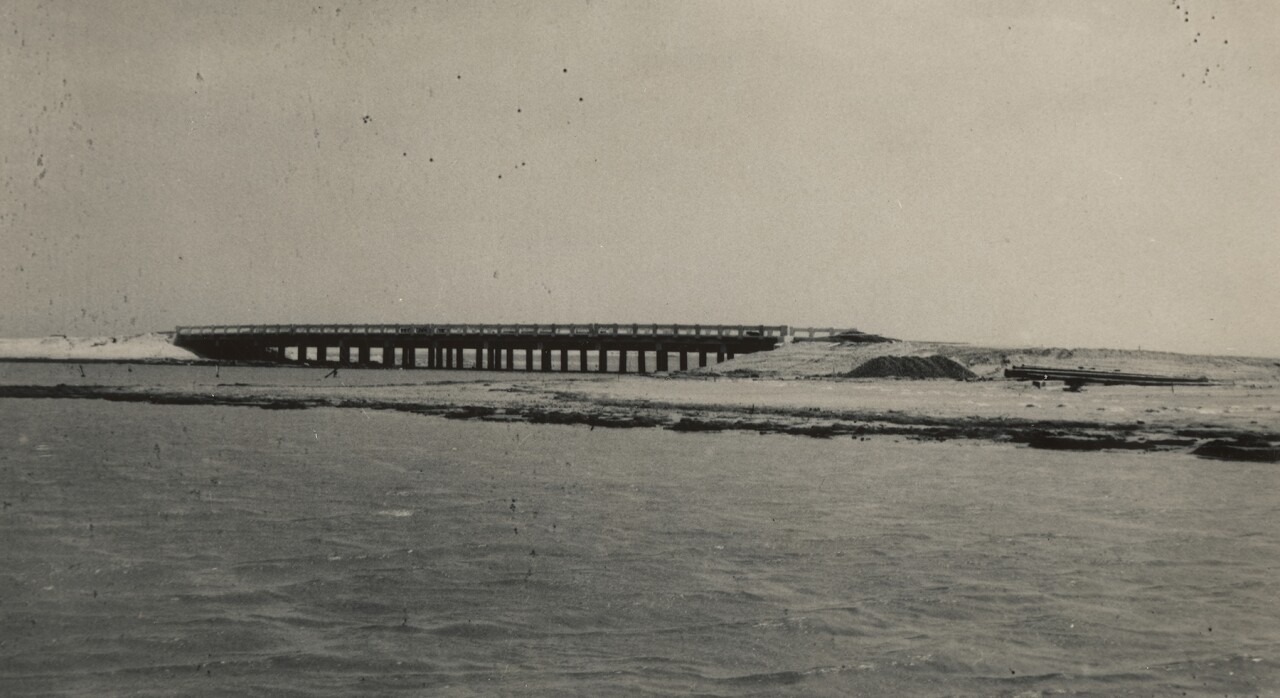
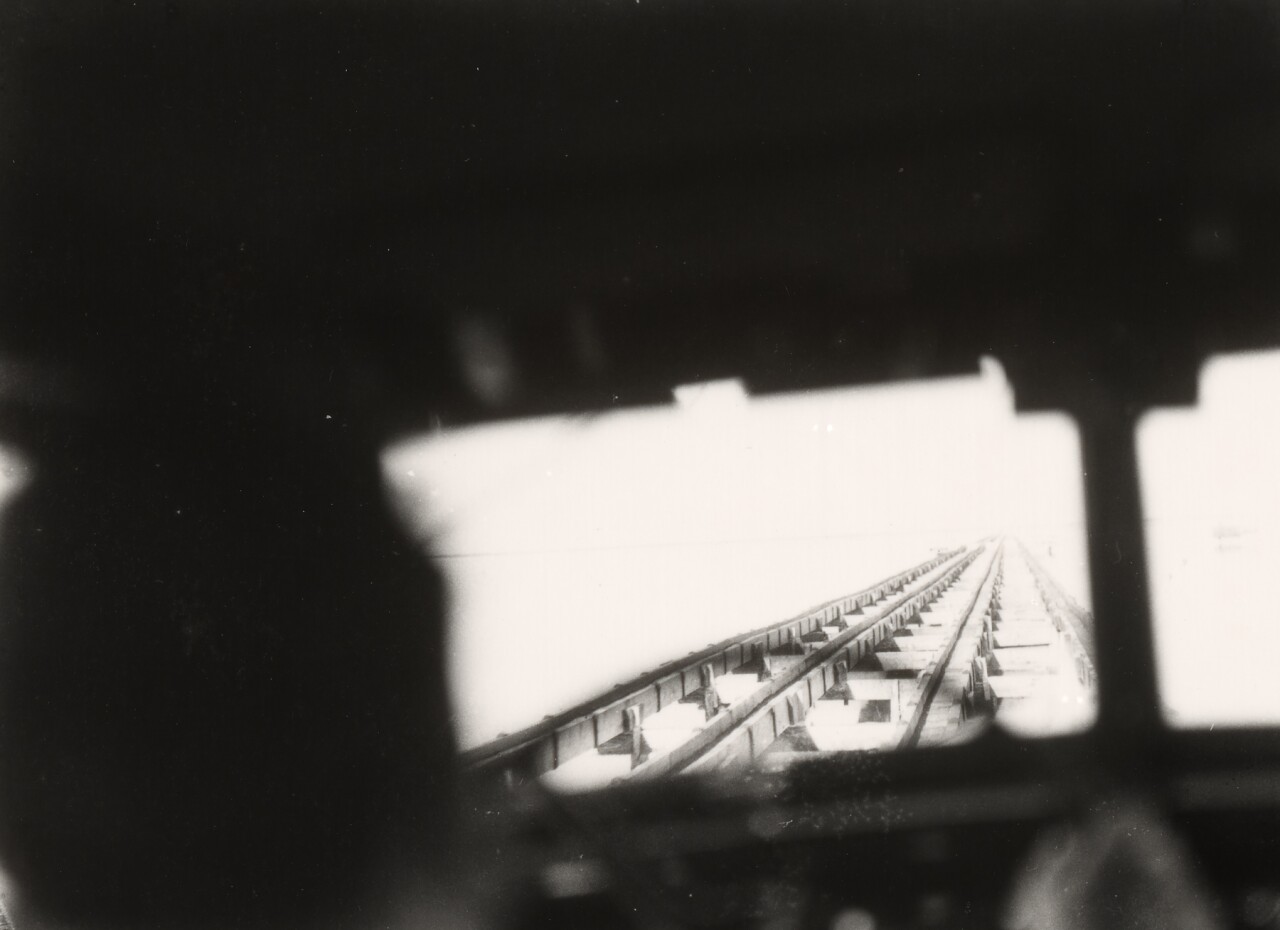
Drivers had to keep the wheels of their cars precisely centered in the troughs to avoid falling into the water! The cost of a round trip on the causeway was $3.00. The name given to the new structure was the “Don Patricio Causeway” in honor of Patrick Dunn.

The new owners formed the “Padre Island Investment Co.”, hoping to sell lots on the island for homes, hotels, and businesses. More than 1,800 cars crossed the causeway in its first month of operation in July 1927 and 2,500 the following month. But the numbers declined afterward, and the expected hordes of tourists and investors never showed up. The 1929 Depression ended the company’s dreams and all development plans were abandoned.
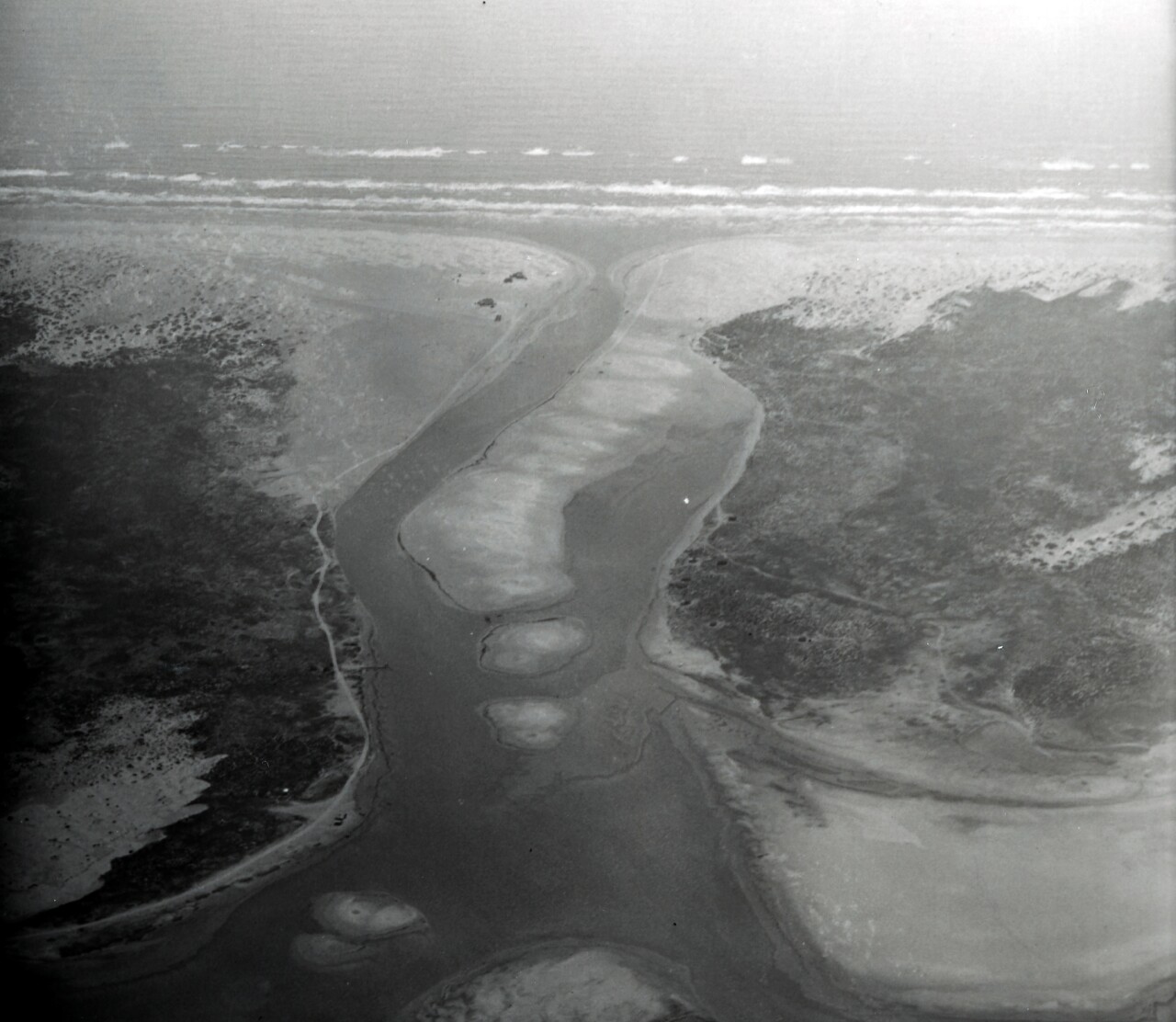
The island was sold to brothers Albert and Frank Jones, wildcatters in the oil business from Kansas City. The brothers established the “Ocean Beach Drive, Co.”, with hopes of developing the island. But a devastating hurricane in 1933 destroyed the wooden causeway and the few structures that had been built. The brothers did not rebuild the causeway, allowing the island to revert back to being isolated and largely uninhabited. (Patrick Dunn was allowed to run his cattle on the island until his death in 1935).

In the late 1940s, there was already talk of establishing a National Park on the island. But that would be years away. However, Nueces County became interested in establishing a county park at the north end of the island. Island owner Albert Jones agreed to donate 1,000 acres for park development. A bond election was held in 1948 to construct the park and a 4.5-mile raised causeway from Flour Bluff to the island at a cost of $1.7 million.
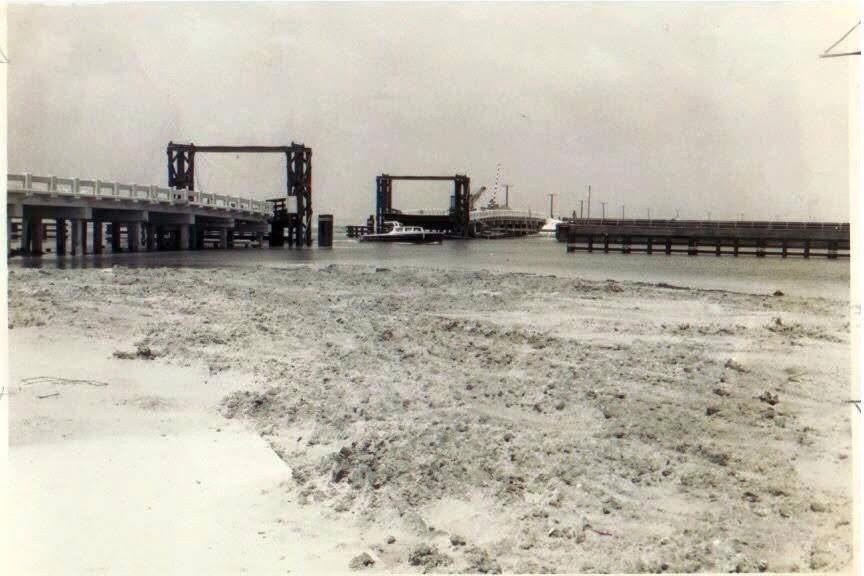
The causeway would include two “swing bridges” to allow traffic to cross over the Humble Channel and the recently completed Intracoastal Canal. It would be a two-lane toll road and be called the “North Padre Island Causeway.”
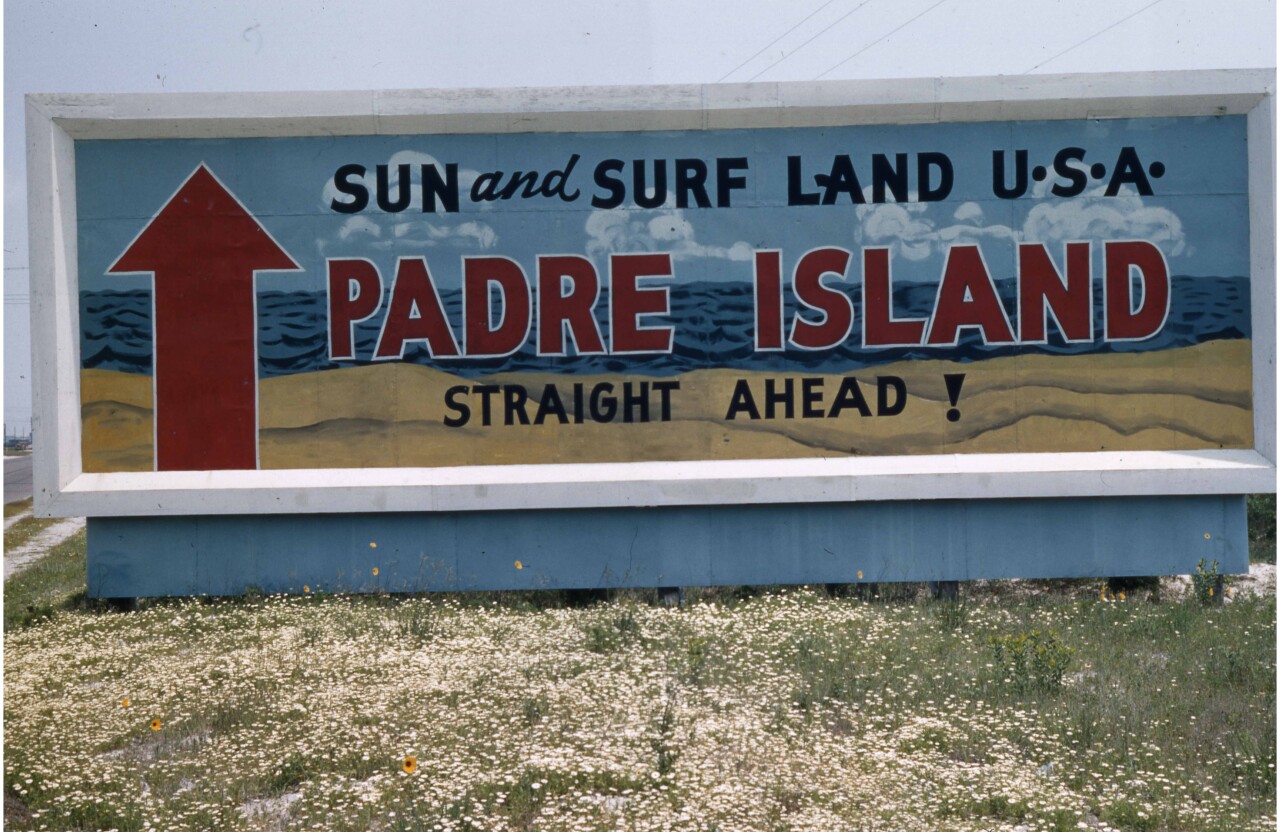
Completed and opened to the public on June 17, 1950, the new causeway would finally attract the hordes of tourists, fishermen, and investors that had been sought for decades. Jones would create the “Padre Island Investment Corporation” and was determined to bring tourists and permanent residents to the island. Development was slow at first. Those of us who went to the island frequently in the early to mid-1960s remember a rather barren place.
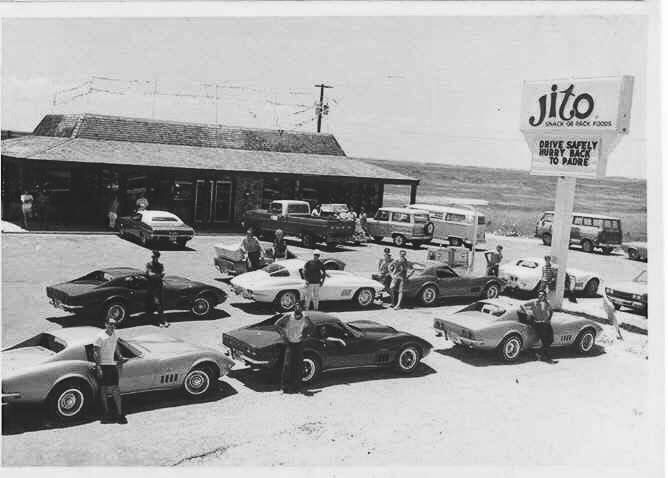
There was one hotel, a “Jito” convenience store, a fun “Super Slide”, the infamous “Frenchy’s”, Bob Hall Pier, a few bait stands, and Padre Balli Park….but very little else. But, by the late 1960’s that would all change. Houses, apartments, and condos began appearing and in 1967, the Million Dollar Inn opened on the beach. The long-talked-about National Seashore Park would open in 1968, attracting thousands of tourists. The toll on the causeway….now called the John F. Kennedy Memorial Causeway…. was eliminated in 1967. But there was still a major problem with access to the island. The low elevation of the causeway and the inconvenience of the swing bridges made getting to the island challenging at times.
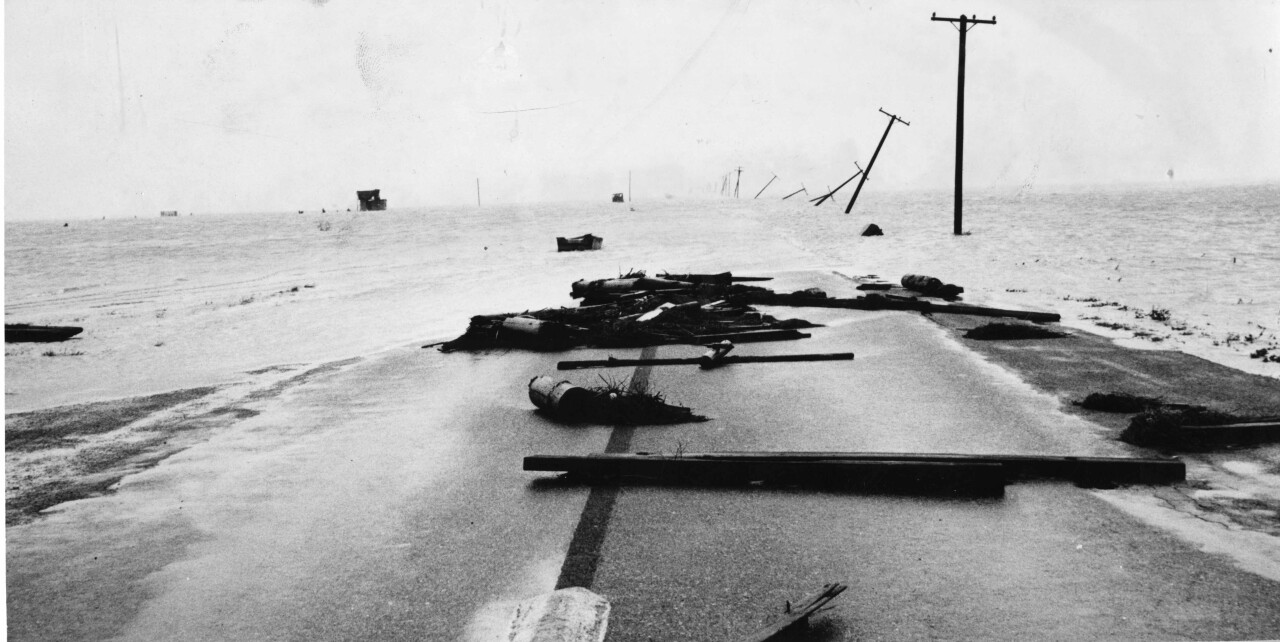
High tides and storms often covered the causeway with water and seaweed, and motorists were often stuck in traffic jams when the swing bridges were open for ships and barge traffic. The county had turned over ownership of the causeway to the state, and it was TxDOT that decided that it was time for a solution.
Over the winter of 1971-72, a new concrete bridge was built over the Humble Channel with 12 feet of clearance for small boats to pass underneath. Once completed in April 1972, the old swing bridge was removed.


Then, in 1972, construction began on the John F. Kennedy Bridge over the Intracoastal Canal. The $2.5 million bridge would open on June 28, 1973, eliminating the remaining swing bridge on the causeway. The historic bridge was the first concrete segmental bridge in the United States. (The same bridge design is being used to construct the new Harbor Bridge over the ship channel.
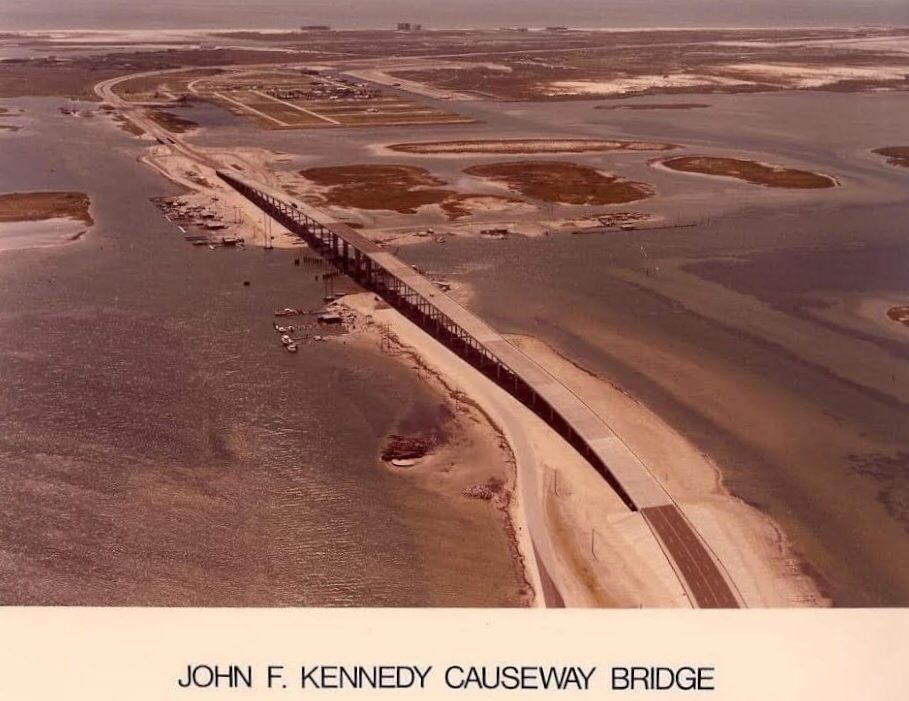
When it opens in June, it will become the longest concrete segmental bridge in the United States). With the opening of the JFK Causeway bridge in 1973, only one problem remained with the flow of traffic onto and off of the island. Most of the causeway was still barely above sea level and susceptible to high tides and storms.
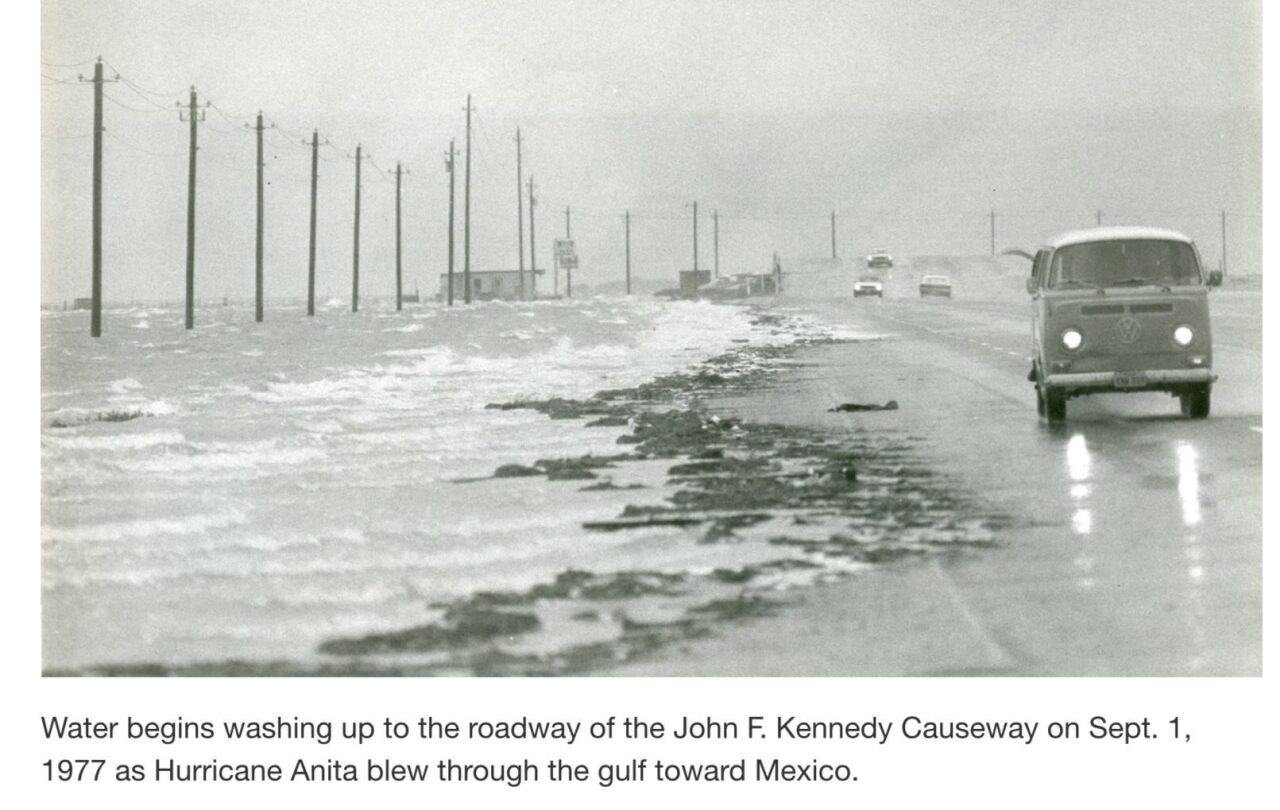
As the development of north Padre Island surged in the early 1970s, the number of permanent residents on the island also surged. Safely evacuating thousands of island residents during an emergency became a major concern.
By the 1990’s, studies were underway toward the possible raising of the causeway.
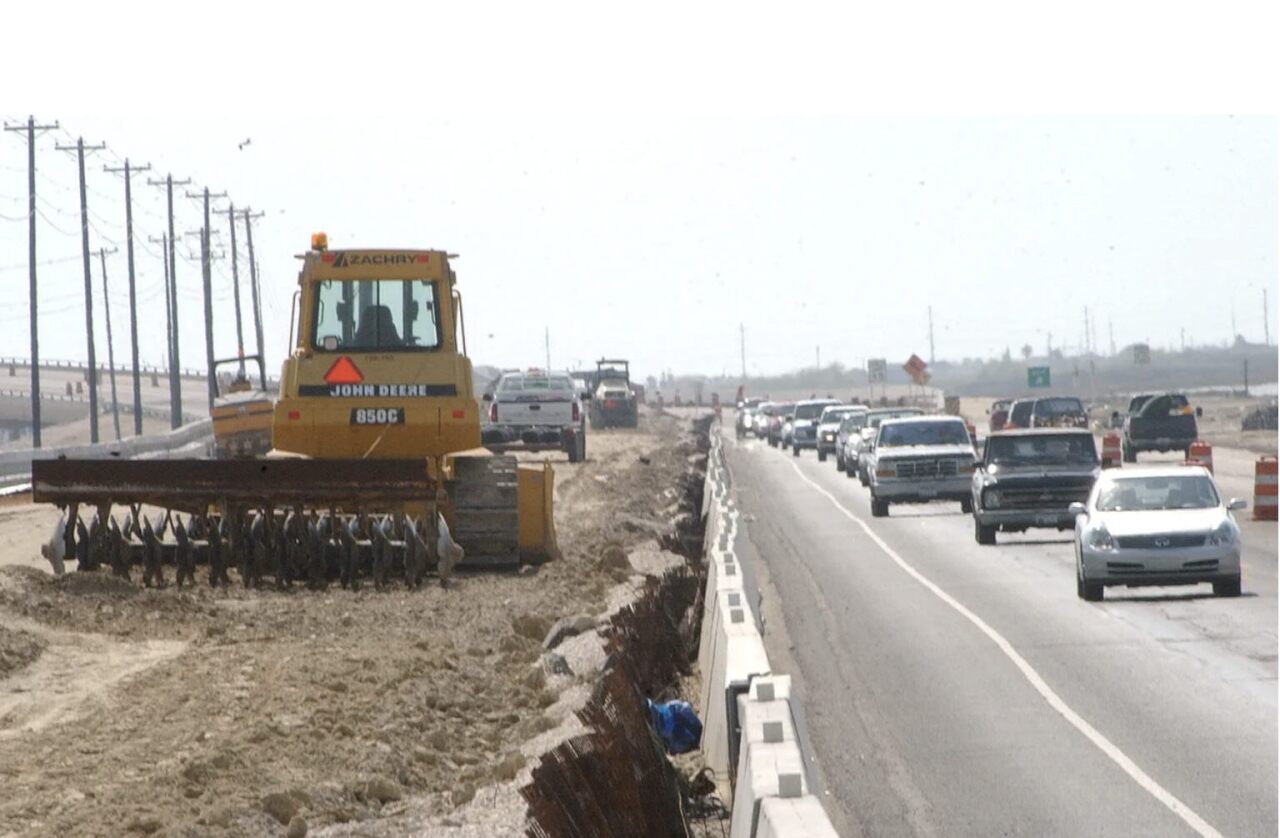
Finally, in 2002, the state appropriated $37 million to raise the causeway an average of 5 ½ feet, putting the roadway in some areas up to nine feet above mean high tide levels. The project would take two years to complete, but for the first time since the old Don Patricio Causeway opened in 1927, access to Padre Island had become safe and efficient. Development on the island in the last 50 years has been nothing short of amazing. Today, over four thousand people live on the island, many in elegant waterfront homes, townhouses, condominiums, and apartments. Hundreds of island businesses tend to their every need. The National Seashore attracts more than 600,000 visitors each year and additional thousands descend on Padre Island beaches on most weekends throughout the year. The island that was barely accessible just 100 years ago has become one of the City’s greatest assets.
Robert Parks is a special contributor to KRIS 6 News. Parks was a history teacher at Carroll High School for 19 years and is now retired. His knowledge of Corpus Christi history makes him a unique expert in the subject.







